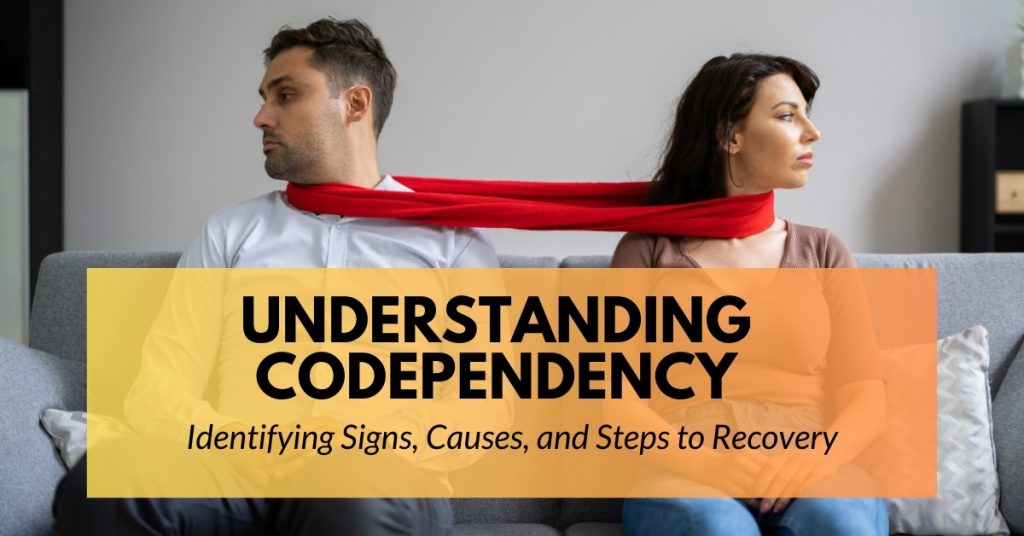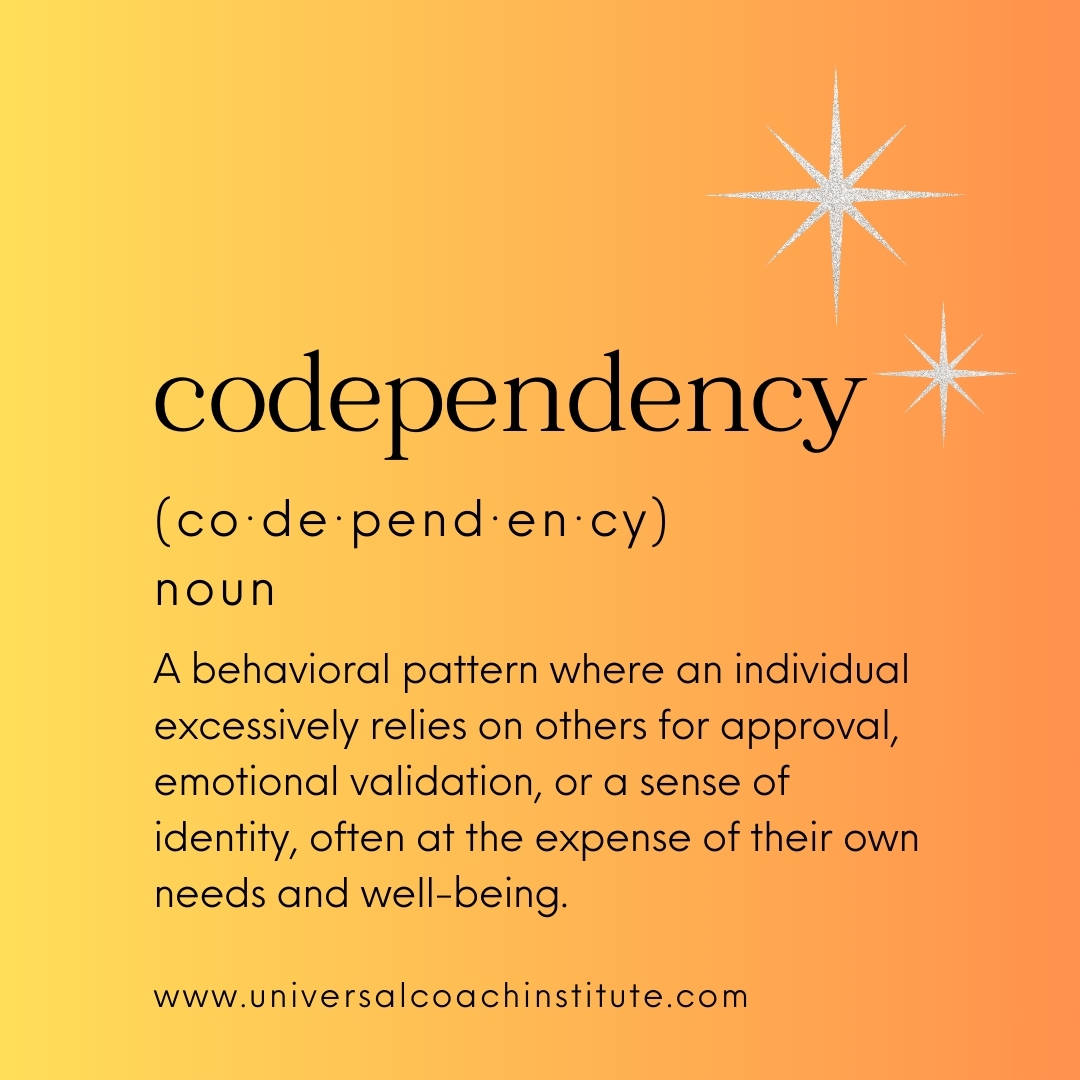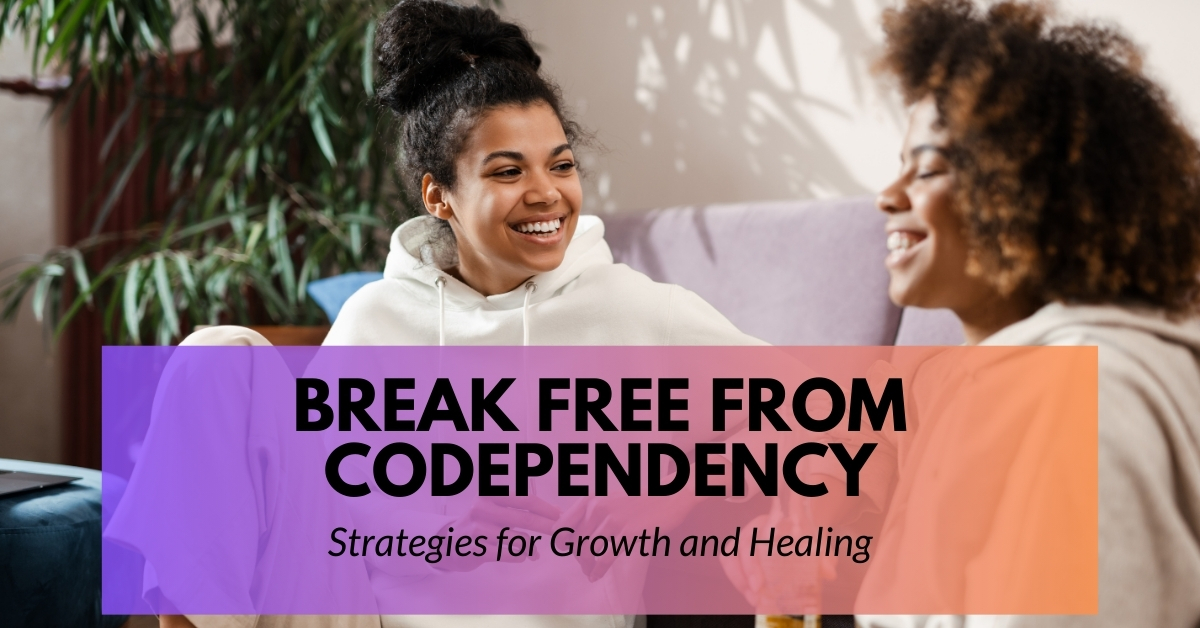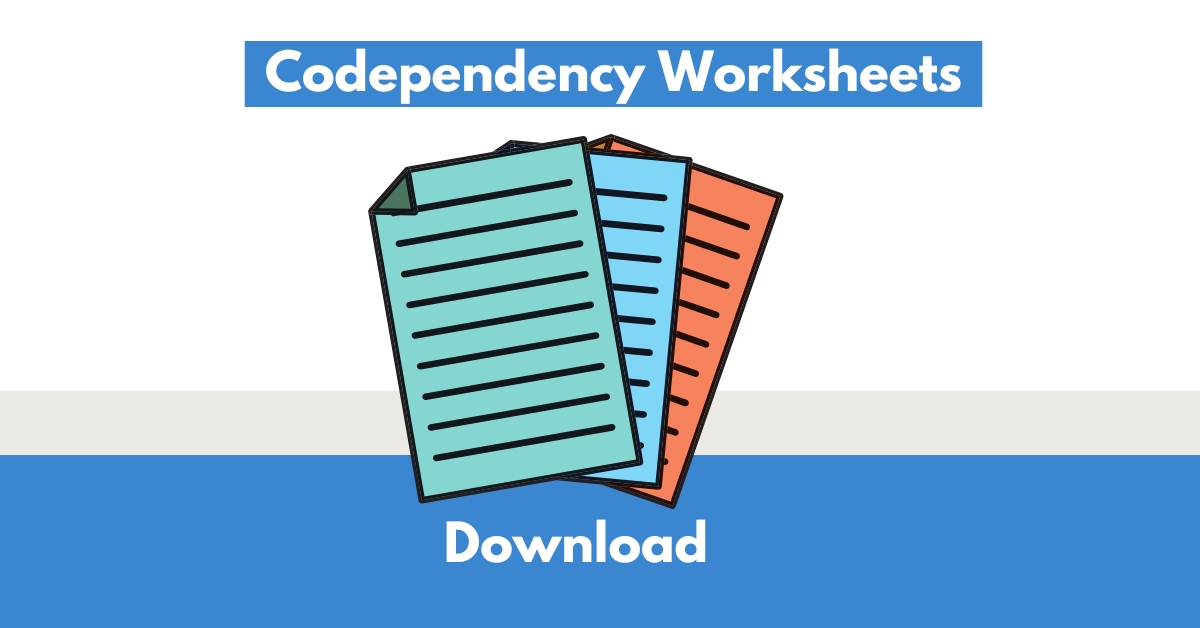Codependency is a behavioral pattern where an individual excessively relies on others for approval, emotional validation, or a sense of identity, often at the expense of their own needs and well-being.
This post provide a thorough understanding of what codependency means, its various manifestations, and how it impacts relationships and personal well-being.
In This Post
- 1 What is Codependency?
- 2 What is a Codependent?
- 3 Codependency vs Codependent
- 4 Key Characteristics of Codependent Behavior
- 5 Codependency in Different Relationships
- 6 The Roots of Codependent Behavior
- 7 Mental Health Implications
- 8 Breaking the Cycle: Steps Toward Healing
- 9 Supporting a Loved One with Codependency
- 10 Resources for Recovery
- 11 Becoming a Certified Codependency Coach
- 12 Conclusion
What is Codependency?
Codependency refers to a dysfunctional relationship dynamic where one person excessively relies on another for emotional and psychological needs. This pattern often develops in response to growing up in a dysfunctional family environment, where a child learns to prioritize others’ needs over their own.
The term “codependency” originated in the context of substance abuse treatment, where it was observed that family members of addicts often enabled their loved one’s destructive behavior. However, the concept has since broadened to encompass a wide range of relationship dynamics.
What is a Codependent?
A person who prioritizes others’ needs above their own, often seeking to control or support others in ways that foster dependency and neglect their own emotional health.
Codependency vs Codependent
Codependency refers to the overall behavioral pattern or dynamic in a relationship where one person overly depends on another for emotional validation, approval, or a sense of purpose. It often involves enabling behaviors that perpetuate unhealthy dependencies.
On the other hand, a codependent is an individual who exhibits these behaviors, prioritizing others’ needs over their own, often to the point of self-neglect. While codependency describes the broader relationship dynamic, codependent focuses on the specific role of the person engaging in these behaviors.
Key Characteristics of Codependent Behavior
- Excessive caretaking: Constantly putting others’ needs before one’s own.
- Low self-esteem: Difficulty recognizing one’s own worth and value.
- Poor boundaries: Struggle to set and maintain healthy personal limits.
- Difficulty expressing emotions: Repressing or misunderstanding one’s feelings.
- Obsessive need for control: Attempting to manage others’ lives or circumstances.
- Fear of abandonment: Extreme anxiety about being left or rejected.
- Denial: Refusing to acknowledge the existence of a problem.
- Perfectionism: Setting unrealistically high standards for oneself.
Codependency in Different Relationships
Romantic Relationships:
In romantic partnerships, codependency can manifest as one partner constantly sacrificing their well-being to please the other. This imbalance can lead to resentment, anxiety, and even depression. The codependent partner may enable destructive behaviors, such as substance abuse or financial irresponsibility, in an attempt to maintain the relationship.
Family Dynamics:
Codependency often appears in parent-child relationships. For instance, a parent might consistently prioritize their child’s desires at the expense of their own health or financial stability. This can lead to overly enmeshed relationships where personal boundaries are blurred or non-existent.
Friendships:
Even platonic relationships can be affected by codependency, with one friend becoming overly involved in the other’s life, often to their own detriment. This might involve constantly rescuing a friend from self-created problems or neglecting one’s own needs to support a friend.
The Roots of Codependent Behavior
Childhood Experiences:
Many codependent adults grew up in households where they experienced:
- Emotional neglect: Where their emotional needs were consistently overlooked.
- Physical or emotional abuse: Leading to a distorted sense of self and relationships.
- Substance abuse by a family member: Forcing the child to adapt to an unpredictable environment.
- Chronic illness of a family member: Causing the child to take on caretaking responsibilities prematurely.
These experiences can lead to the development of coping mechanisms that, while protective in childhood, become problematic in adult relationships. Children in these environments often learn to suppress their own needs and emotions to maintain family stability or gain approval.
Mental Health Implications
Untreated codependency can contribute to various mental health issues:
- Anxiety disorders: Constant worry about others and fear of abandonment.
- Depression: Stemming from neglect of personal needs and chronic stress.
- Post-traumatic stress disorder (PTSD): Especially if abuse was involved in childhood.
- Substance abuse: As a coping mechanism for emotional pain.
- Eating disorders: Often related to issues of control and self-esteem.
Breaking the Cycle: Steps Toward Healing
- Recognize the problem: Awareness is the first step toward change. Acknowledge codependent patterns in your life.
- Set healthy boundaries: Learn to say “no” and prioritize self-care. Understand that it’s okay to have your own needs and desires.
- Develop self-esteem: Focus on personal growth and self-acceptance. Engage in activities that bring you joy and fulfillment.
- Practice assertiveness: Express your needs and feelings clearly. Learn to communicate effectively without aggression or passivity.
- Seek support: Consider therapy, support groups, or codependency coaching. You don’t have to face this journey alone.
- Educate yourself: Learn more about codependency through books, workshops, and reputable online resources.
- Practice mindfulness: Stay present and aware of your thoughts and feelings without judgment.
- Cultivate independence: Develop your own interests, hobbies, and social connections outside of your primary relationships.
Break Free from Codependency: Strategies for Healing and Growth
Supporting a Loved One with Codependency
If someone close to you struggles with codependent tendencies, you can support them by:
- Encouraging therapy or professional help.
- Avoiding enabling their behaviors.
- Maintaining clear and compassionate communication.
- Modeling healthy boundaries in your relationship.
Resources for Recovery
- Codependents Anonymous (CoDA): A 12-step program offering support and community for those struggling with codependency.
- Individual therapy: Work one-on-one with a mental health professional to address underlying issues and develop coping strategies.
- Codependency coaching: Get personalized guidance from a certified coach who specializes in codependency recovery.
- Self-help books and worksheets: Educate yourself about codependency and recovery strategies. Use our codependency worksheets or read some popular titles, including “Codependent No More“ by Melody Beattie and “The New Codependency“ by Melody Beattie.
- Online forums and support groups: Connect with others who are on a similar journey of recovery.
Becoming a Certified Codependency Coach
For those interested in helping others overcome codependency, consider pursuing a Codependency Coach Certification. This training equips you with the skills to guide others toward healthier relationships and improved self-esteem. As a certified coach, you can:
- Help clients identify codependent patterns in their lives
- Teach strategies for setting and maintaining healthy boundaries
- Guide individuals in developing self-esteem and assertiveness
- Assist in creating personalized recovery plans
- Provide ongoing support and accountability
Learn more about our Codependency Recovery Coach Training program.
Conclusion
Understanding and overcoming codependency is a journey that requires patience, self-compassion, and often professional support. By recognizing the signs and taking proactive steps, individuals can break free from codependent patterns and cultivate healthier, more fulfilling relationships.
Remember, seeking help is a sign of strength, not weakness. Whether you’re struggling with codependency or looking to support someone who is, resources are available to guide you toward a healthier, more balanced life. With commitment and the right support, it’s possible to transform codependent tendencies into healthy interdependence, leading to more satisfying relationships and a stronger sense of self.



